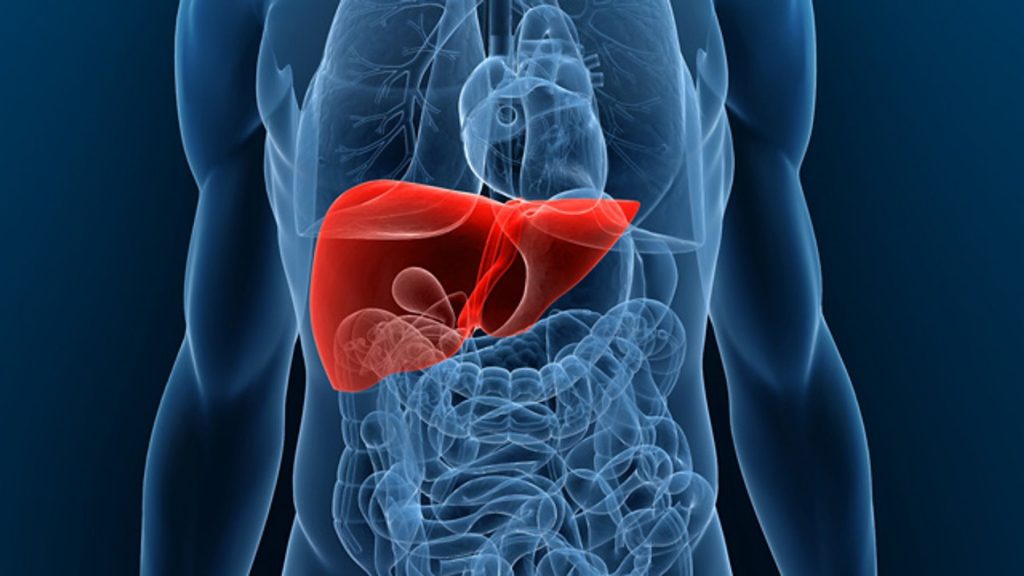
Symptom of liver damage on the skin

When the liver gets sick, it often suffers silently. Only in the advanced stage do symptoms become visible. The number of unreported cases of liver diseases such as hepatitis C is around 70 percent, experts at Deutsche Leberhilfe estimate. This makes it all the more important to take the first warning signs seriously. These include, for example, so-called liver asterisks.
Fatty liver hardly causes any discomfort
Not only alcohol, but also overweight and untreated hepatitis diseases harm the organ. Usually, at first, fatty liver develops, which hardly causes any discomfort. But: “If you detect the liver damage early and do something about it, you can prevent further damage, such as cirrhosis of the liver,” says Professor Heiner Wedemeyer, gastroenterologist at the Hannover Medical School.
Infected with hepatitis C unnoticed for years
The earlier a liver disease is diagnosed, the greater the chances of a cure: “In the case of an infection with the hepatitis C virus, for example, it is assumed that living with the virus undetected for ten years means having at least ten percent less chance of really getting the virus under control,” explains the Executive Board of Deutsche Leberhilfe, Claus Niederau.
General fatigue and tiredness
The problem: except for acute hepatitis, there are hardly any symptoms that indicate liver damage in the early stages. “The only signs that appear relatively early are general fatigue and tiredness,” says Wedemeyer. It is therefore all the more important to have his liver values glutamate pyruvate transaminase (GPT) and g-GT regularly determined. The test is not one of the standard tests in the context of health check-ups. Those who belong to the risk group will still get paid for the examination. In addition to people with excess weight and high alcohol consumption, these are also patients who take medication on a permanent basis. Anyone who has used drugs in the past or received a blood transfusion before 1992 belongs to the risk group for hepatitis C.
